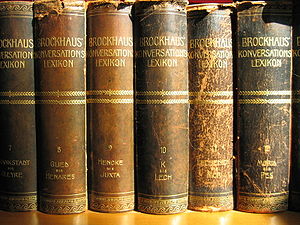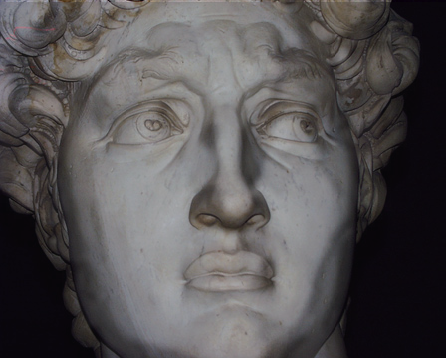Multiplicity, Calvino’s final completed Memo, views “the novel as an encyclopedia, method of knowledge, and a method of connections.” I take this to mean the novel functions as a compilation of allusions to the rest of our world and culture. Imagine any novel and think of just how many allusions and references to Earth it contains. Carlo Emilio Gadda represented the world as a tangled knot of these references, because everything in the world linked to everything else in some way, either close or distant.
Because of this, Calvino has a particular love for overambitious novels that try to pack in as many references and allusions to things as possible. This creates an even more complex network within the story and truly gives it life.





